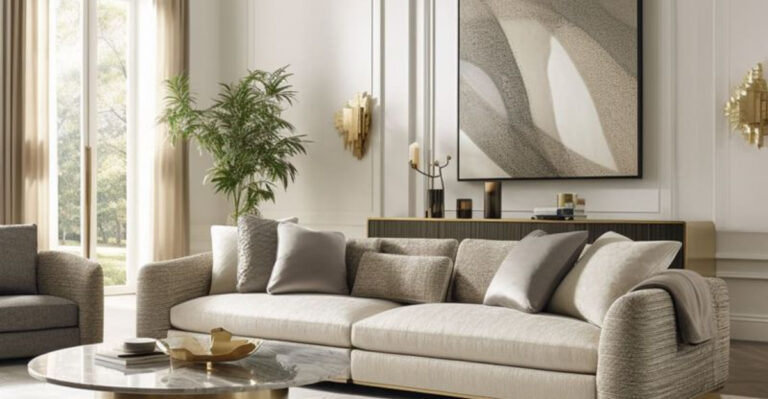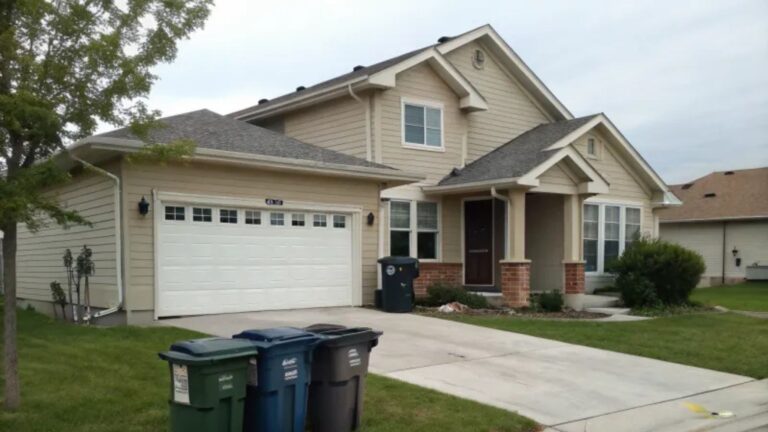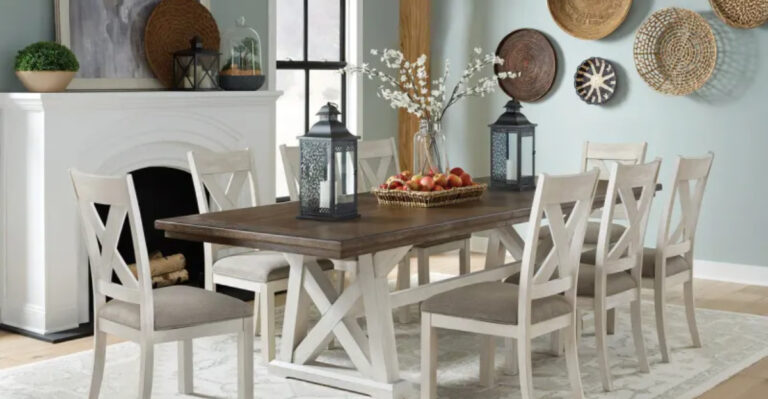Satin vs. Semi-Gloss Paint: What’s The Difference And When To Use Each?
I used to think choosing a paint color was the hard part, until I got stuck staring at satin and semi-gloss options at the hardware store, totally confused. It turns out the finish can be just as important as the color itself.
Pick the wrong one, and you’re dealing with streaks, scuffs, or a look that just feels off. After a few trial-and-error projects, I’ve learned when each finish shines (literally).
If you want your next paint job to look polished and last, understanding the difference between satin and semi-gloss is key. Trust me, it’ll save you more than just frustration.
1. Understanding Sheen Levels Makes All The Difference
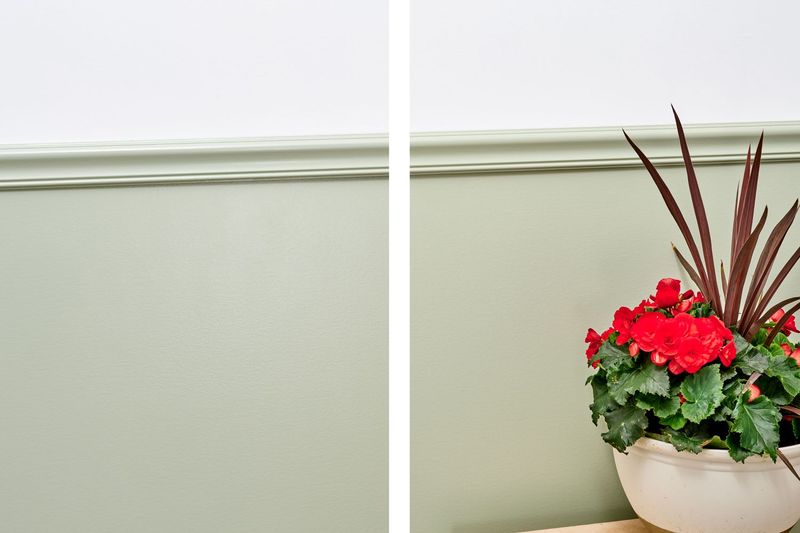
Paint sheen refers to how much light reflects off your painted surface. Think of it like the difference between a soft candle glow and a bright flashlight beam.
Satin paint sits comfortably in the middle range with about 25-35% light reflection. Semi-gloss cranks up the shine factor to 35-70% reflection, creating that mirror-like quality.
This difference affects everything from how your walls look to how easy they are to clean later on.
2. Hiding Wall Imperfections Like A Pro
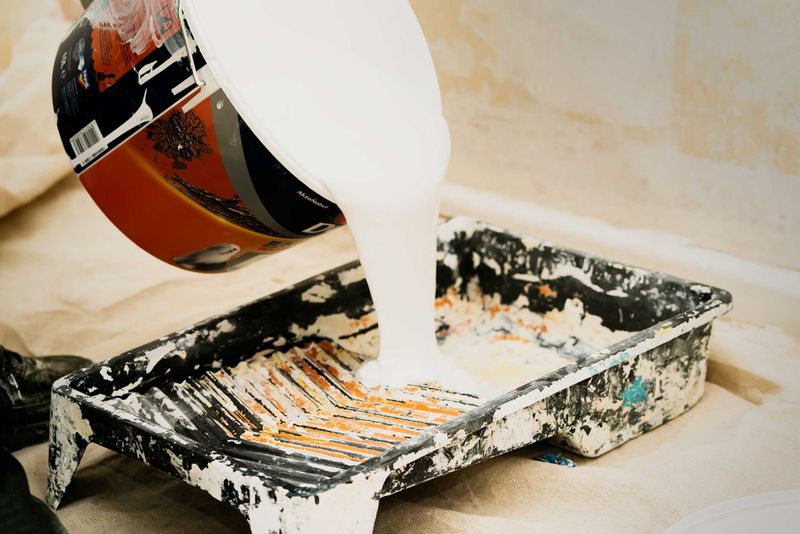
Nobody’s walls are perfect, and that’s where satin paint becomes your best friend. Its lower sheen acts like a soft filter, gently diffusing light to minimize the appearance of small dings and nail holes.
Semi-gloss paint, however, works like a magnifying glass for wall flaws. Every tiny imperfection gets highlighted under its reflective surface.
If your walls have seen better days, satin offers the forgiving coverage you need.
3. Durability Showdown: Which Paint Lasts Longer

When it comes to standing up to daily life, semi-gloss takes the championship belt. Its harder surface resists scuffs, scratches, and general wear better than its satin counterpart.
Satin paint offers decent durability but won’t bounce back from rough treatment as easily. Kids’ fingerprints and pet scratches show up more readily on satin surfaces.
For areas that see constant action, semi-gloss provides the armor-like protection your walls need to stay looking fresh.
4. Cleaning Made Simple: Maintenance Matters
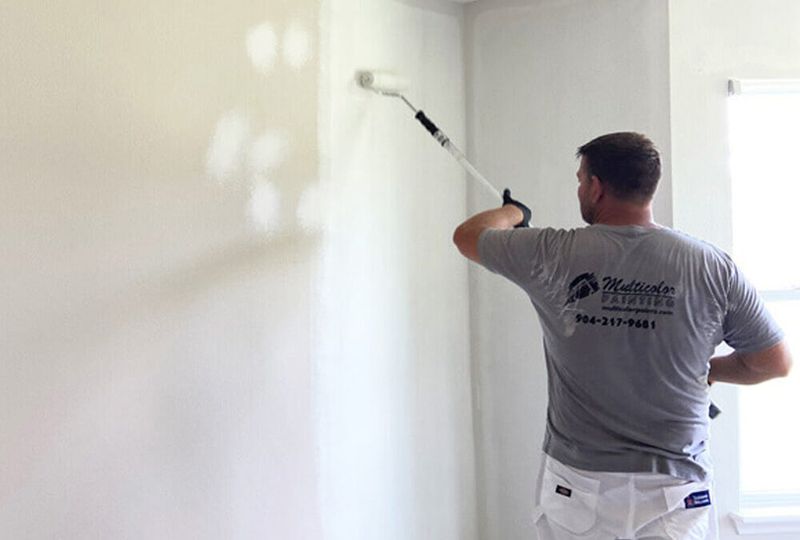
Cleaning painted walls shouldn’t feel like rocket science, but different finishes require different approaches. Semi-gloss paint wipes down effortlessly with just soap and water, making it perfect for messy situations.
Satin paint needs a gentler touch during cleaning. Scrub too hard and you might damage the finish or create shiny spots that stand out.
If you’re someone who likes to spray and wipe without worry, semi-gloss gives you that freedom.
5. Moisture Resistance: Bathroom And Kitchen Champion
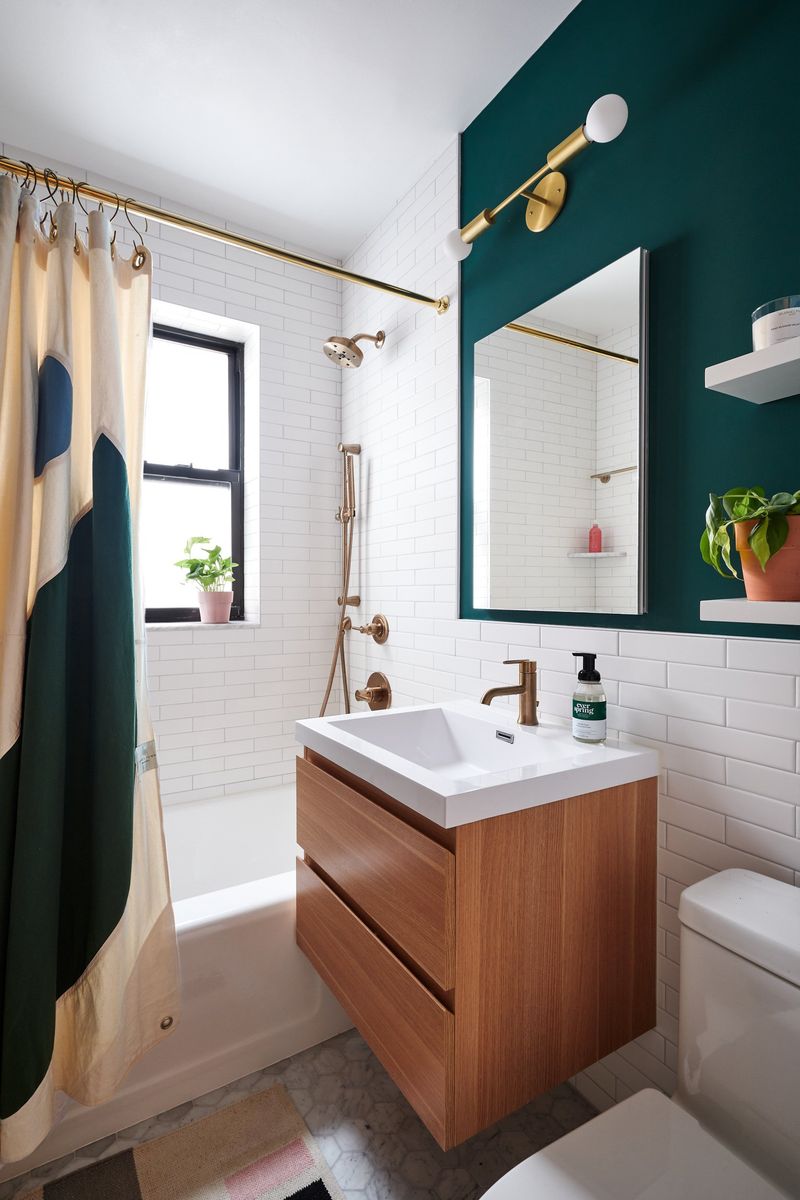
Bathrooms and kitchens throw everything at your walls: steam, grease, and humidity galore. Semi-gloss paint handles this moisture assault like a waterproof jacket, repelling water and preventing damage.
Satin paint struggles more in these wet environments. It can absorb moisture over time, leading to potential mold or mildew issues.
For rooms where water is a constant presence, semi-gloss provides the protection your walls desperately need to stay healthy and beautiful.
6. Living Room Elegance: Creating The Perfect Atmosphere

Your living room deserves paint that creates the right mood for relaxation and entertainment. Satin paint delivers that warm, welcoming feeling without overwhelming shine that can feel cold or clinical.
The subtle sheen adds just enough richness to make colors pop while maintaining a comfortable, lived-in atmosphere. Semi-gloss might work in modern spaces but can feel too intense for cozy family gatherings.
Satin strikes the perfect balance between beauty and comfort for your main living spaces.
7. Bedroom Bliss: Sleep-Friendly Paint Choices
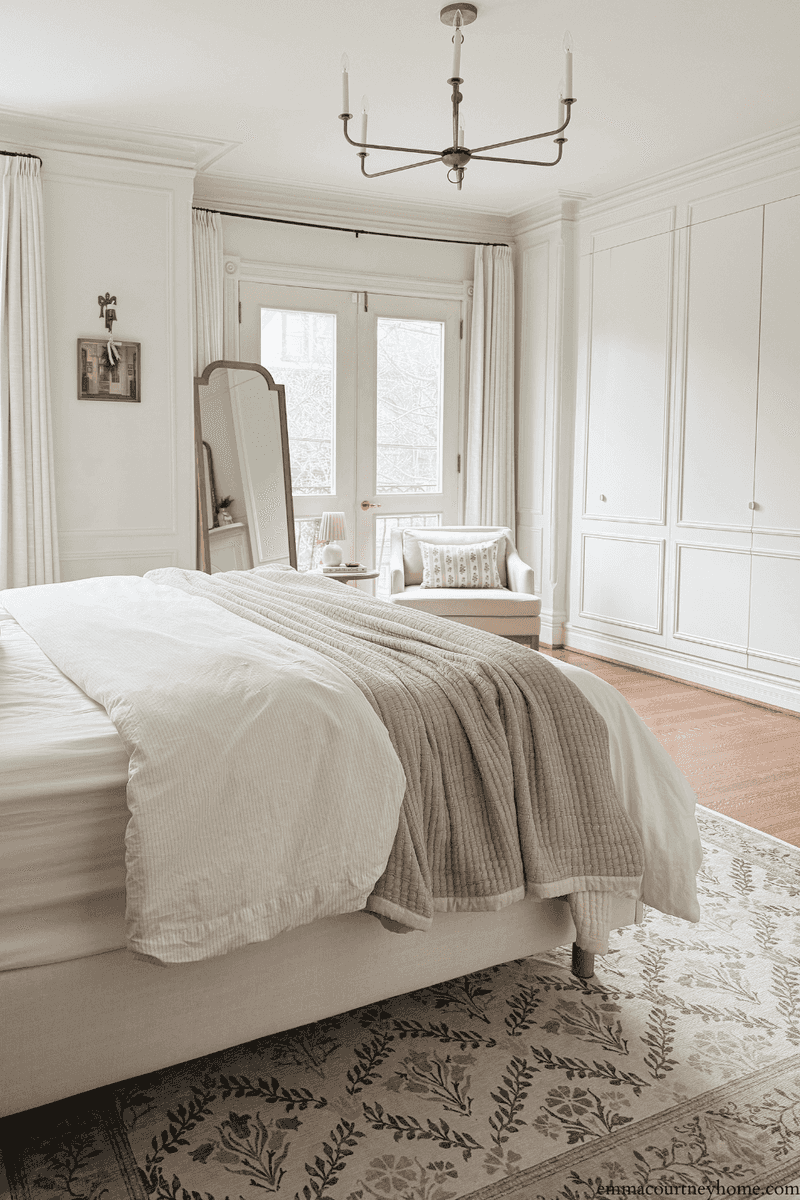
Bedrooms should feel like peaceful retreats, not shiny showrooms. Satin paint creates the perfect backdrop for rest and relaxation with its gentle, non-reflective surface.
The soft finish won’t create harsh glares from bedside lamps or morning sunlight streaming through windows. Semi-gloss in bedrooms can feel too stimulating and bright.
Choose satin for bedrooms where tranquility and comfort take priority over high-performance durability. Your sleep quality might just improve with the right paint choice.
8. Hallway Heroes: High-Traffic Area Solutions
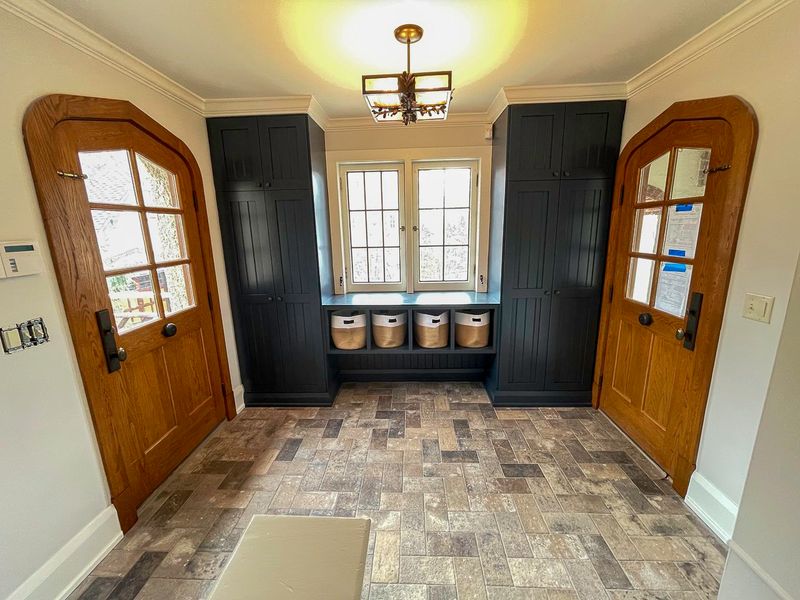
Hallways take a beating from daily foot traffic, backpacks, and busy family life. These narrow spaces need paint that can handle constant contact without showing every mark.
Semi-gloss paint transforms hallways into low-maintenance zones that wipe clean easily. Satin might look nice initially but shows wear patterns more quickly in these high-contact areas.
Think of semi-gloss as your hallway’s protective shield against the chaos of everyday living. Your future self will thank you for choosing durability.
9. Trim And Molding: Making Details Pop
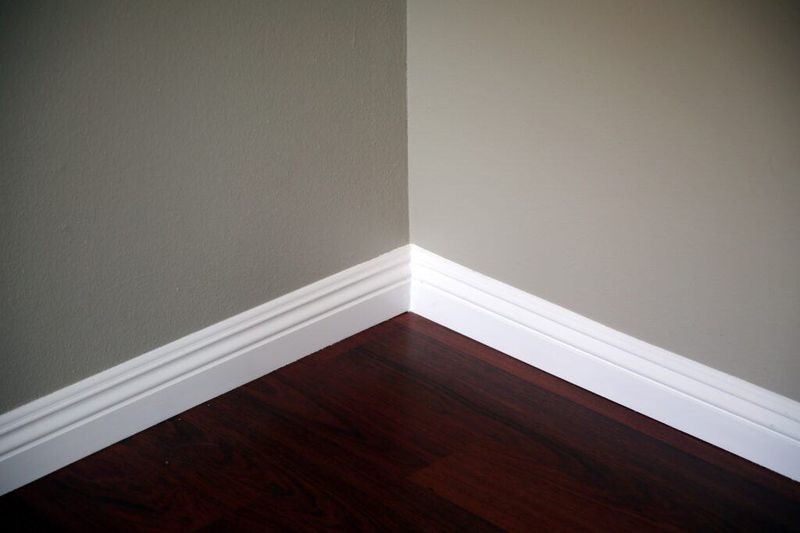
Trim work deserves paint that makes it stand out as the architectural jewelry of your room. Semi-gloss paint on baseboards, crown molding, and door frames creates crisp, clean lines that define spaces beautifully.
The higher sheen draws attention to these details while providing the durability needed for areas that get touched, bumped, and cleaned frequently.
Satin paint on trim tends to blend into walls rather than creating the contrast that makes rooms look professionally finished and polished.
10. Cabinet Makeovers: Kitchen Transformation Magic
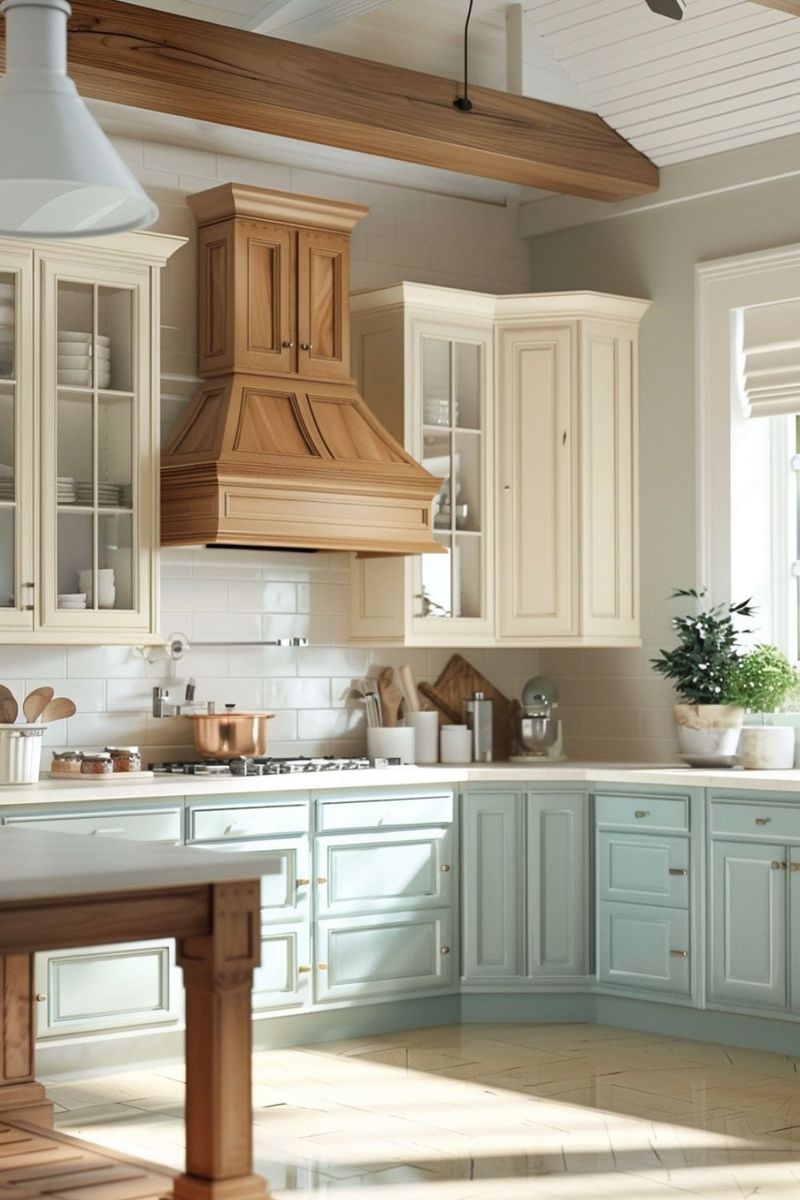
Kitchen cabinets face daily abuse from cooking grease, sticky fingers, and constant opening and closing. Semi-gloss paint creates a restaurant-quality finish that handles this punishment gracefully.
The smooth, hard surface resists staining and wipes clean with minimal effort. Satin paint on cabinets looks nice but won’t hold up to the kitchen’s demanding environment.
Professional painters almost always choose semi-gloss for cabinet work because it delivers the durability and easy maintenance that busy kitchens demand.
11. Cost Considerations: Budget-Smart Decisions
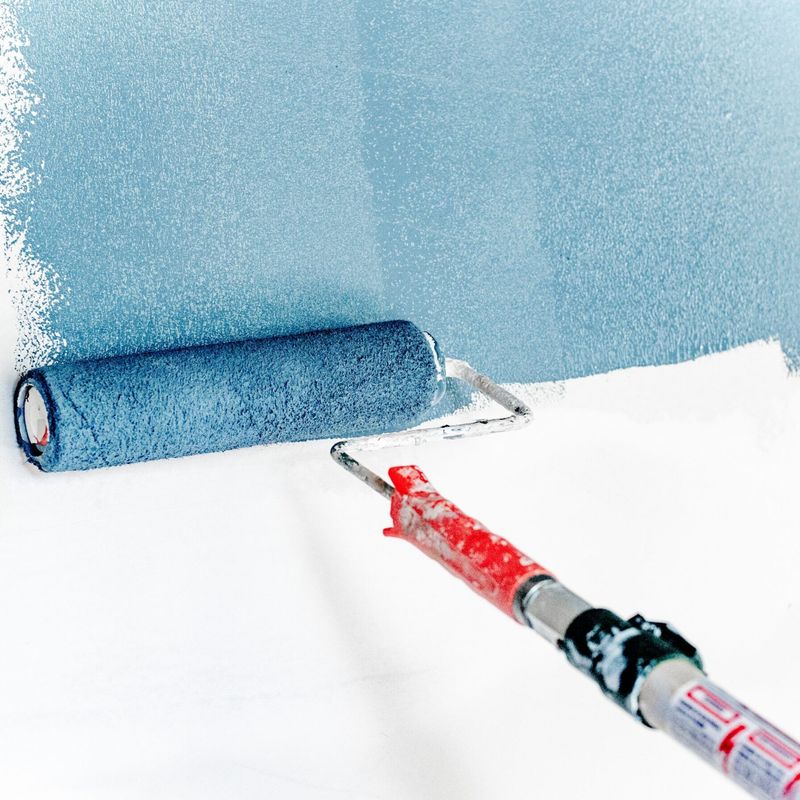
Price differences between satin and semi-gloss paint are usually minimal, typically just a few dollars per gallon. However, the long-term costs tell a different story entirely.
Semi-gloss paint often pays for itself through reduced maintenance and longer-lasting beauty. Satin might need touch-ups or complete repainting sooner in high-use areas.
Consider your time and future paint costs when making decisions. Sometimes spending slightly more upfront saves money and hassle down the road.
12. Color Appearance: How Finish Affects Your Palette

Paint color behaves differently depending on its finish, like wearing the same outfit in different fabrics. Semi-gloss makes colors appear more vibrant and saturated due to increased light reflection.
Satin paint shows colors in a more muted, natural way that many people find easier to live with long-term. The same blue might look bold in semi-gloss but calming in satin.
Always test your chosen color in both finishes before committing to ensure you get the look you’re actually hoping to achieve.
13. Application Tips: Getting Professional Results

Semi-gloss paint demands more careful application than satin because its reflective surface shows every brush mark and imperfection. Proper preparation and technique become absolutely critical for good results.
Satin paint forgives minor application mistakes better, making it more beginner-friendly for DIY projects. Brush marks and roller patterns blend more naturally into the finish.
If you’re new to painting, satin offers a more forgiving learning curve while still delivering beautiful results with basic techniques.
14. Lighting Interactions: Natural And Artificial Effects
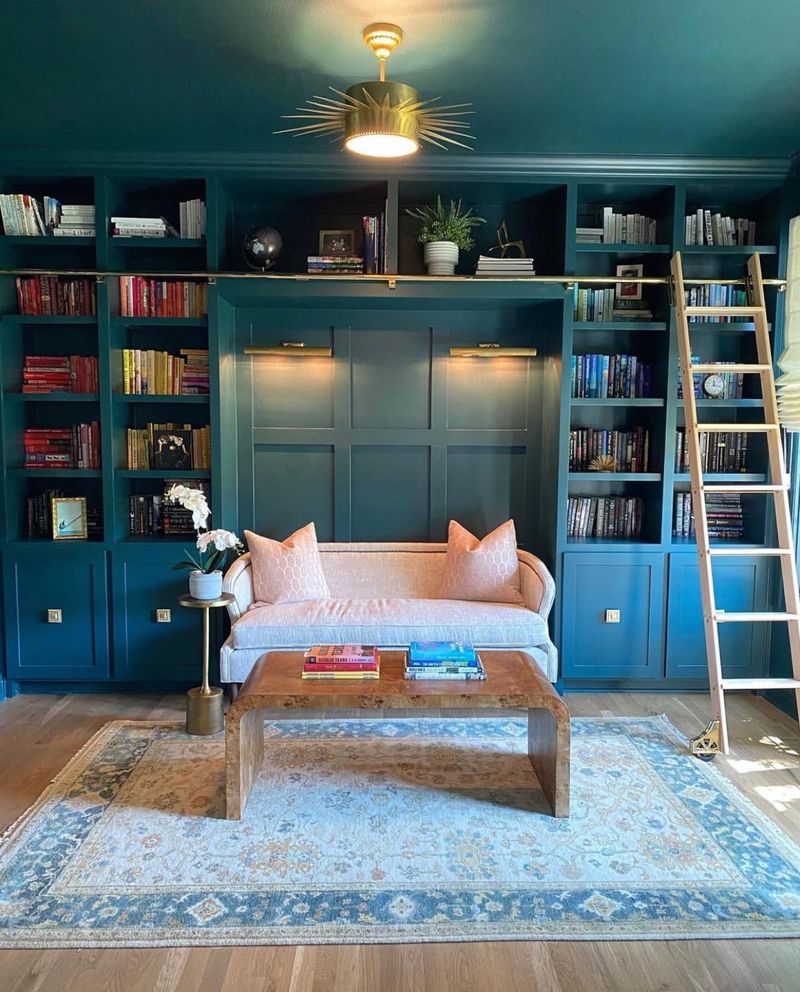
Room lighting dramatically affects how paint finishes look throughout the day. Semi-gloss paint can create unwanted glare under bright lights or direct sunlight, sometimes making rooms feel harsh.
Satin paint works harmoniously with various lighting conditions, maintaining consistent appearance from morning to evening. It enhances natural light without creating distracting reflections.
Consider your room’s lighting situation when choosing finishes. South-facing rooms with lots of natural light might benefit from satin’s gentler approach to light reflection.
15. Making Your Final Decision: Room-By-Room Guide
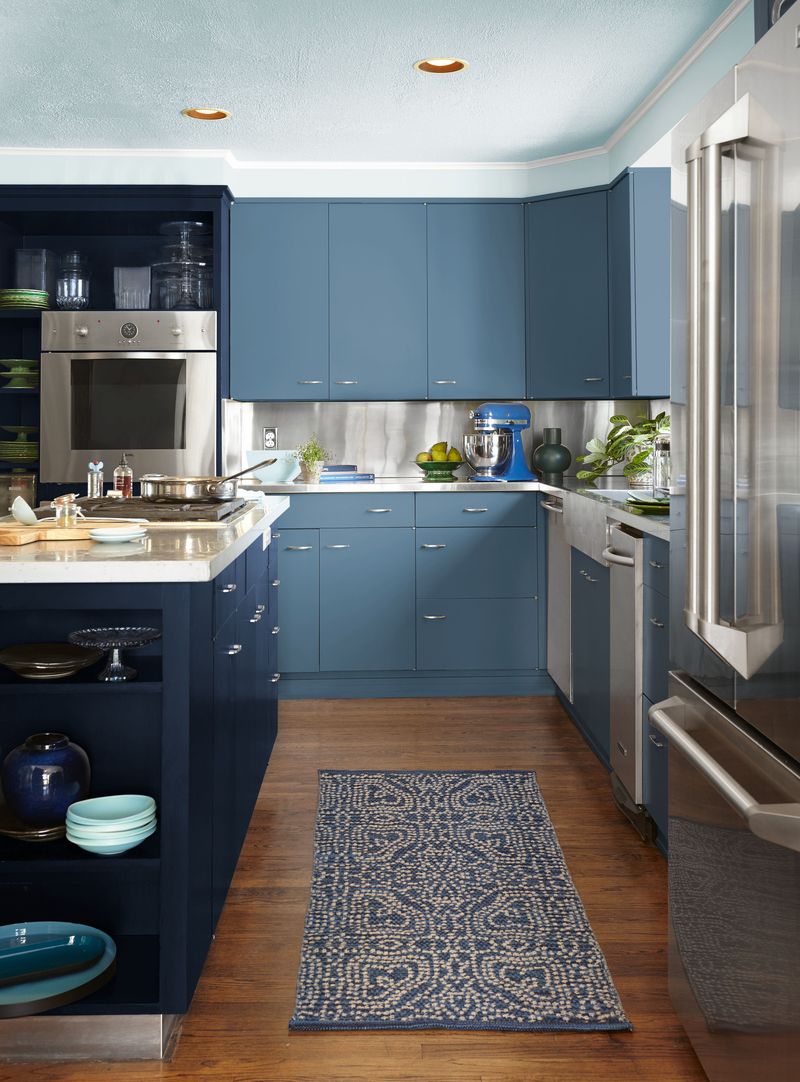
Every room in your house has different needs, and choosing the right finish for each space maximizes both beauty and functionality. Bedrooms and living rooms typically benefit from satin’s warm, welcoming appearance.
Kitchens, bathrooms, and high-traffic areas like hallways perform better with semi-gloss paint’s superior durability and easy cleaning properties.
Match your paint finish to each room’s specific demands rather than using the same finish throughout your entire house for the best long-term results.


